Refine listing
Actions for selected content:
2251 results in Cambridge Elements
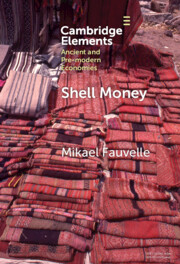
Shell Money
- A Comparative Study
-
- Published online:
- 15 February 2024
- Print publication:
- 21 March 2024
-
- Element
-
- You have access
- Open access
- HTML
- Export citation
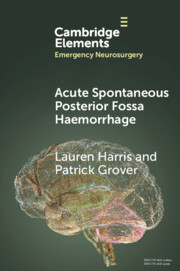
Acute Spontaneous Posterior Fossa Haemorrhage
-
- Published online:
- 15 February 2024
- Print publication:
- 29 February 2024
-
- Element
- Export citation
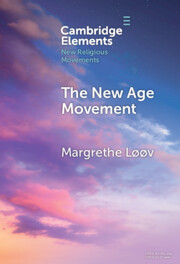
The New Age Movement
-
- Published online:
- 14 February 2024
- Print publication:
- 17 October 2024
-
- Element
- Export citation
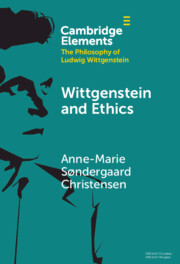
Wittgenstein and Ethics
-
- Published online:
- 14 February 2024
- Print publication:
- 14 March 2024
-
- Element
- Export citation
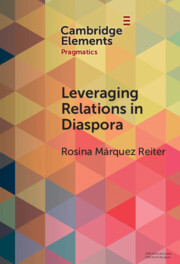
Leveraging Relations in Diaspora
- Occupational Recommendations among Latin Americans in London
-
- Published online:
- 14 February 2024
- Print publication:
- 14 March 2024
-
- Element
- Export citation
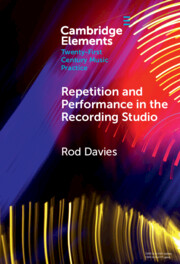
Repetition and Performance in the Recording Studio
-
- Published online:
- 12 February 2024
- Print publication:
- 14 March 2024
-
- Element
- Export citation
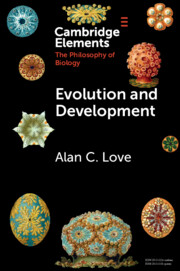
Evolution and Development
- Conceptual Issues
-
- Published online:
- 09 February 2024
- Print publication:
- 07 March 2024
-
- Element
-
- You have access
- Open access
- HTML
- Export citation

Hierarchy of Needs and the Measurement of Poverty and Standards of Living
-
- Published online:
- 08 February 2024
- Print publication:
- 22 February 2024
-
- Element
-
- You have access
- Open access
- HTML
- Export citation

Performing Nationalism in Russia
-
- Published online:
- 08 February 2024
- Print publication:
- 29 February 2024
-
- Element
- Export citation
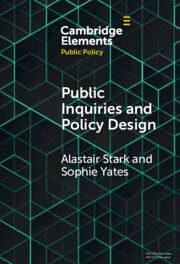
Public Inquiries and Policy Design
-
- Published online:
- 06 February 2024
- Print publication:
- 23 May 2024
-
- Element
- Export citation

Applied Cognitive Linguistics and L2 Instruction
-
- Published online:
- 06 February 2024
- Print publication:
- 29 February 2024
-
- Element
- Export citation
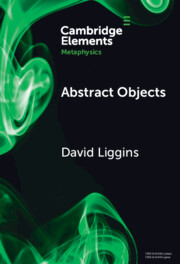
Abstract Objects
-
- Published online:
- 05 February 2024
- Print publication:
- 29 February 2024
-
- Element
- Export citation

Staging Disgust
- Rape, Shame, and Performance in Shakespeare and Middleton
-
- Published online:
- 05 February 2024
- Print publication:
- 29 February 2024
-
- Element
- Export citation
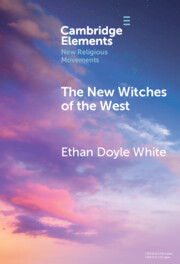
The New Witches of the West
- Tradition, Liberation, and Power
-
- Published online:
- 02 February 2024
- Print publication:
- 22 February 2024
-
- Element
- Export citation
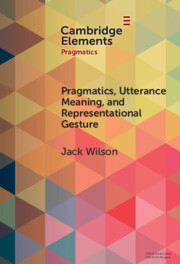
Pragmatics, Utterance Meaning, and Representational Gesture
-
- Published online:
- 02 February 2024
- Print publication:
- 29 February 2024
-
- Element
- Export citation

The Euclidean Programme
-
- Published online:
- 31 January 2024
- Print publication:
- 22 February 2024
-
- Element
- Export citation
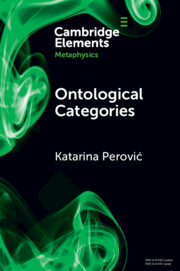
Ontological Categories
- A Methodological Guide
-
- Published online:
- 31 January 2024
- Print publication:
- 29 February 2024
-
- Element
- Export citation
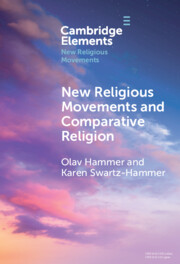
New Religious Movements and Comparative Religion
-
- Published online:
- 31 January 2024
- Print publication:
- 22 February 2024
-
- Element
- Export citation
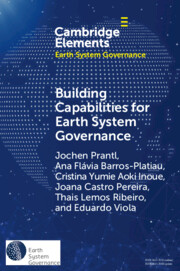
Building Capabilities for Earth System Governance
-
- Published online:
- 30 January 2024
- Print publication:
- 09 May 2024
-
- Element
-
- You have access
- Open access
- HTML
- Export citation
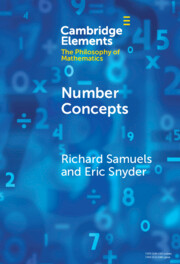
Number Concepts
- An Interdisciplinary Inquiry
-
- Published online:
- 29 January 2024
- Print publication:
- 15 February 2024
-
- Element
- Export citation
